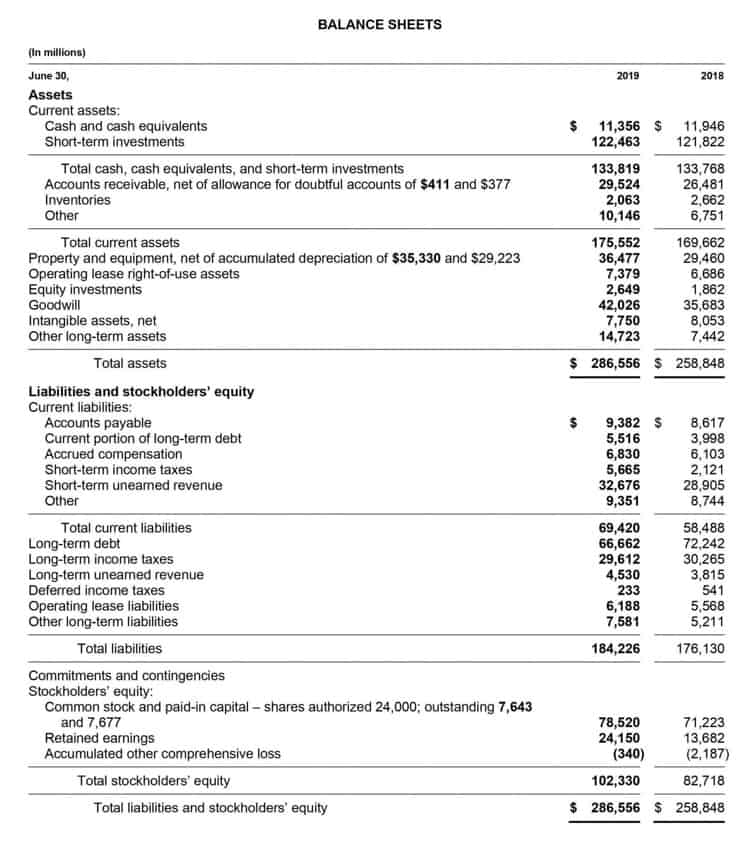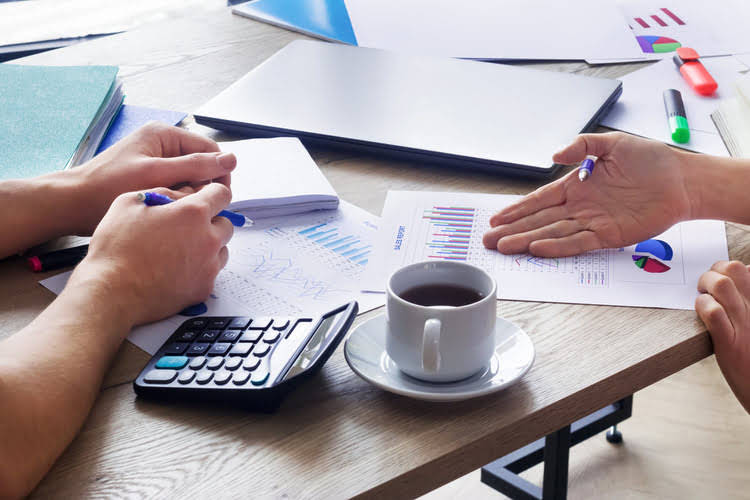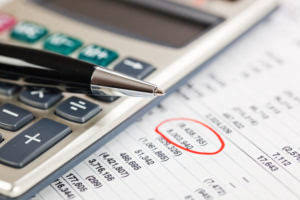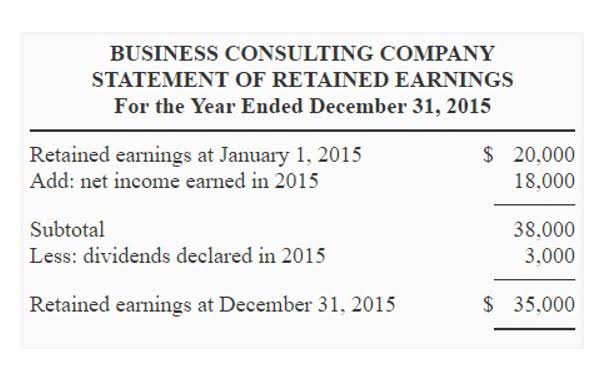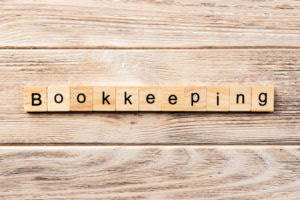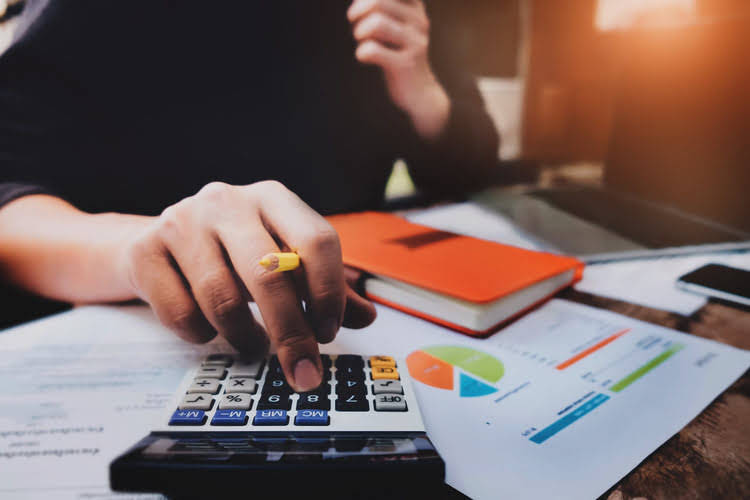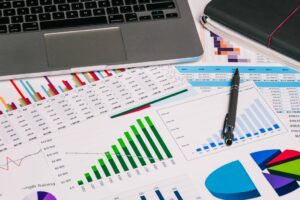However, this method may not always reflect how computer assets generate benefits. Computers often lose value more quickly in the initial years due to technological advancements and heavy usage. While straight-line depreciation provides steady expenses, it may not accurately reflect the asset’s declining utility or market value, potentially affecting financial analysis and profitability assessments. It allows five years for "information systems," a category that includes laptop computers. A business that intends to depreciate any property must figure the basis, which is the purchase price including taxes and any other costs such as delivery charges or maintenance contracts. If you borrow to pay for the laptop, you can also include interest charges as part of the basis.
Depreciation of Computer Equipment
Such timing difference needs to be quantified in financial statements in the form of deferred tax liability / asset. Section 179 deductions that are not used in the current year because it is greater than your business income typically can be carried over to subsequent years. If a business (S corporation, partnership or LLC) has no operating income but the shareholder, partner or member has taxable income, it might be better for the business to use regular depreciation. Regular depreciation becomes part of the business operating loss that passes through to the shareholder, partner or member. The method that takes an asset’s expected life and adds together the digits for each year is known as the sum-of-the-years’-digits (SYD) method. Or, you can transform your asset management with GroWrk, the all-in-one platform that streamlines procurement, tracking, deployment, and disposal.
Tax professionals, on the other hand, view depreciation as a tool for tax planning. Tax laws often allow for accelerated depreciation methods, such as double-declining balance or Section 179 deductions, which can lead to significant tax savings in the early years of an asset's life. This can be particularly beneficial for technology assets like computers, which tend to become obsolete more quickly than other types of fixed assets.
- Understanding the basics of depreciation not only aids in accurate financial reporting but also serves as a strategic tool for financial planning and analysis.
- Understanding the importance of depreciation for computers is therefore not just the domain of accountants but is a critical aspect of overall strategic management.
- Accountants often emphasize the importance of maintaining up-to-date records and applying the latest tax codes to depreciation schedules.
- Tangible IT assets like computers, laptops, printers, servers, and networking equipment are typically subject to depreciation.
- For a computer with a three-year useful life, the sum of the years’ digits is 6 (3+2+1).
- Accurate identification and categorization of IT assets for depreciation ensure precise financial reporting, optimize tax benefits, and effectively manage technology investments.
What is the most common depreciation rate for laptops?
It's a non-cash expense that affects net income on the income statement and reduces the book value of assets on the balance sheet. Different methods of depreciation can be used, such as straight-line, declining balance, or sum-of-the-years'-digits, depending on the nature of the asset and the company's accounting policies. Higher-priced items often have a longer useful life, but they also tend to depreciate more quickly in the initial years. This is particularly true for specialized equipment that may have a high upfront cost but becomes less valuable as newer, more efficient versions become available. The initial investment can significantly impact the depreciation schedule, especially when using accelerated methods like the double-declining balance. Consider a company that purchases a fleet of computers for $1 million with an expected useful life of 5 years and no salvage value.
Calculation through units of production:
For property placed in service after 1986, you generally must use the Modified Accelerated Cost Recovery System (MACRS). If applying the CapEx as a percentage of sales method, divide CapEx by sales to find capital expenditure as a percentage of sales. Use these percentages to create an assumption about future capital expenditures as a percentage of sales. Multiply this against projected sales to find a forecast for capital expenditure. As per the section 32 of the Income Tax Act, 1961, if any asset is put to use on or before 3rd October(More than 180 days), then depreciation is computed using rates specified under the Act.
Just upload your form 16, claim your deductions and get your acknowledgment number online. You can efile income tax return on your income from salary, house property, capital gains, business & profession and income from other sources. Further you can also file TDS returns, generate Form-16, use our Tax Calculator software, claim HRA, check refund status and generate rent receipts for Income Tax Filing. Although most business owners choose accelerated depreciation, it may not be prudent to take the biggest deductions in the first years that you are in business.

Depreciation Expense: How to Record Depreciation Expense for Computers in Your Financial Statements
When you put it on the depreciation schedule, the item’s value would be divided by the number of its useful years. At the bottom of the depreciation schedule, prepare a breakdown of the net change in PP&E. This begins with the beginning balance of PP&E, net of accumulated depreciation.
Straight-Line Method:
Understanding the importance of depreciation for computers is therefore not just the domain of accountants but is a critical aspect of overall strategic management. From an IT professional's view, the depreciation schedule must align with the expected technological lifecycle of the computers. They are aware that a computer's performance can degrade over time, not just from physical wear but also from software updates and newer applications that require more resources. Hence, the amount of depreciation differs which gives rise to a timing difference.
- Laptop depreciation is a financial mechanism used to spread the cost of a device over its useful life.
- By recognizing higher expenses upfront, companies may report lower net income initially, which could influence profitability assessments.
- However, it's crucial to consider the long-term financial impact and ensure that it aligns with the company's financial strategy.
- Section 179 deductions that are not used in the current year because it is greater than your business income typically can be carried over to subsequent years.
For example, laptops and computers typically have a useful life of 3 to 5 years. One of the main concerns of every business is that how their tangible asset or capital assets will depreciate over time. They must study it very carefully because they can get a good and bad benefit for it. If it seems that the depreciation expense has remained constant, the company may be using a linear depreciation policy, such as the straight-line depreciation method.
Tips for Optimizing Your IT Assets Useful life
If you're using the laptop for a mix of personal and business purposes, you may have to scale the value you depreciate based on how much of its use was for your business. They scrutinize Section 179 deductions closely to ensure compliance with all requirements. Therefore, meticulous record-keeping and adherence to the rules are essential to withstand any audits or inquiries.
Depreciation affects financial statements, tax obligations, and budgeting decisions. Changing the depreciation method is generally discouraged and may require approval from tax authorities or adherence to specific accounting standards. It’s best to consult with a financial advisor or accountant before making such changes. The useful life of an IT asset can vary based on its type, usage, and technological advancements.
This section requires the property’s basis, placed-in-service date, recovery period, depreciation method, and the resulting deduction. The total depreciation from Form 4562 is then carried to the business’s primary tax return as a deduction. Annual depreciation expense is reported on IRS Form 4562, Depreciation and Amortization. This form is used to report depreciation from all methods and must be attached to the business’s main income tax return, such as a Schedule C, Form 1120, or Form 1065. The Section 179 deduction allows a business to treat the cost of qualifying property, like a computer, as an immediate expense instead of depreciating it over time. The entire cost can be deducted in the year the depreciation schedule for computers computer is placed in service.





